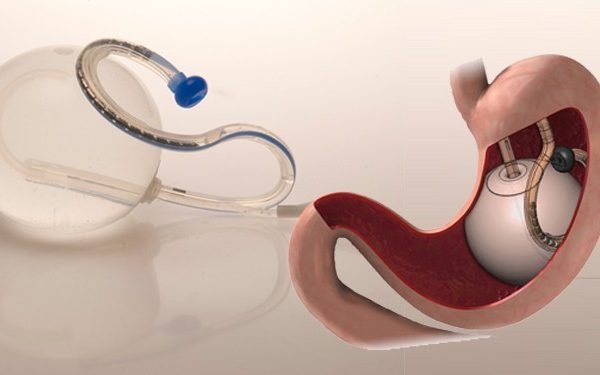Mold Damage Cleanup: A Comprehensive Guide
When you discover mold in your dwelling space, it can certainly unsettle you. The fungus is not only unsightly but also poses health risks. Manifesting in many shapes and colors, mold thrives in damp and stale areas. In such instances, immediate mold damage cleanup is imperative. But, how exactly do you go about it?
What is Mold?
Mold is a form of fungus that can grow virtually everywhere, both indoors and outdoors. It thrives in moist environments and reproduces by releasing spores carried by air currents. When these spores land in damp places, they begin to grow. So, what happens when it grows excessively?
The Damages Caused by Mold
Excessive mold growth can cause various damages. For one, it can degrade the appearance of your home. It can discolor surfaces, create an unpleasant smell and significantly devalue your property. Health-wise, it has been linked to allergies, respiratory issues, and other adverse health reactions.
Signs of Mold Damage
Mold is usually visible and has a musty odor. Other signs may include discoloration on walls, blistering paint, and damp spots. Health concerns such as persistent coughing, watery eyes, and skin irritation may also indicate a mold infestation. Noticing any of these signs? Then it’s time for a mold damage cleanup.
Steps for Mold Damage Cleanup
Firstly, it’s important to state that if the mold covers an extensive area (greater than 10 square feet), professional assistance may be required. Here are steps you can take for minor cases:
Identify And Fix The Source Of Moisture
Since mold thrives off moisture, finding the source and fixing it is fundamental to stop further mold growth.
Protect Yourself
Putting on protective gear (such as gloves, masks, and eyewear) is essential to prevent exposure to mold spores during the cleanup process.
Clean Mold-Infested Areas
Use a suitable cleaner or a solution of bleach and water (1 cup of bleach to 1 gallon of water) to scrub off the mold. Always ensure the area is well ventilated.
Dry The Area
After cleaning, thoroughly dry the area. A dehumidifier or fans can assist in this process.
Discard Mold-Infected Materials
Dispose of porous materials like carpets, insulation, and ceiling tiles that are infected with mold.
Preventing Mold Growth
After a successful mold damage cleanup, you’ll want to take preventive measures to keep mold from reoccurring. Keep humidity levels low, improve ventilation, and fix leaks promptly.
When To Call Professionals For Mold Damage Cleanup?
If the mold infestation covers a large area, is in hard-to-reach places, or if you have health issues that could worsen due to exposure, it’s best to leave the mold damage cleanup to professionals. They have the expertise and equipment to handle the situation effectively.
Conclusion
Mold is indeed a menace. However, timely mold damage cleanup and diligent preventive measures can help maintain a mold-free environment. Remember, when in doubt, professional assistance is just a call away.




